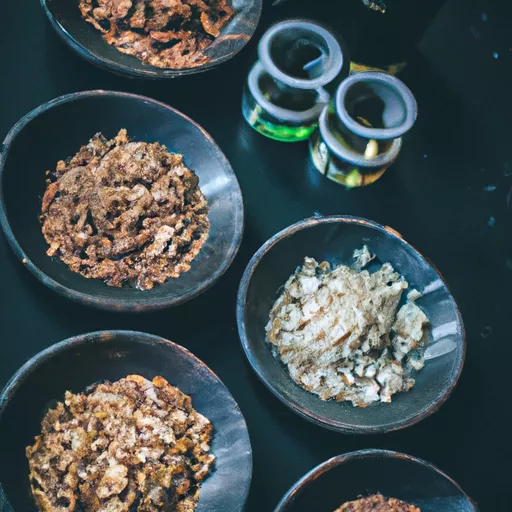Vape juice ingredients Philippines

Vaping has become a popular alternative to smoking traditional cigarettes, especially in the Philippines. With the rise of vaping culture in the country, many people are curious about the ingredients that make up vape juice and how they affect the vaping experience. As a Filipino vaper, I have done my research and would like to share my knowledge and insights on the topic of vape juice ingredients in the Philippines.
For those who are not familiar, vape juice, also known as e-liquid, is the liquid used in electronic cigarettes or vape devices to produce vapor. It typically contains a combination of propylene glycol (PG), vegetable glycerin (VG), flavorings, and nicotine (optional). In the Philippines, vape juice is readily available in various vape shops and online stores such as Vape juice ingredients Philippines. Knowing what these ingredients are and their effects is crucial in making informed decisions about vaping.
PG and VG are the main base components of vape juice. PG is a clear, odorless liquid that is commonly used in food and cosmetics. It is responsible for carrying the flavor and delivering a strong throat hit, similar to the sensation of smoking a cigarette. On the other hand, VG is a thicker and sweeter liquid that produces more vapor and a smoother inhale. It is derived from vegetable oils and is commonly used in food and medicines.
The ratio of PG to VG in vape juice can vary, with some brands offering a 50/50 ratio, while others have a higher VG content of up to 80%. The ratio can affect the overall vaping experience, with higher VG content producing thicker clouds and smoother hits, while higher PG content provides a stronger throat hit and more intense flavor. It is a matter of personal preference, so it is important to try different ratios to find the one that suits you best.
Flavorings play a crucial role in making vape juice appealing to users. These flavorings are food-grade and are the same type used in candies, drinks, and other food products. In the Philippines, you can find a wide variety of flavors, from classic tobacco and menthol to fruity and sweet flavors. It is important to note that while flavorings may enhance the overall vaping experience, some people may have allergies or sensitivities to certain flavors.
Lastly, nicotine is an optional component in vape juice. While it is the addictive substance found in traditional cigarettes, it is not considered harmful and dangerous on its own. In fact, many smokers turn to vaping as a way to gradually reduce their nicotine intake. In the Philippines, nicotine levels in vape juice can range from 0mg to 50mg per milliliter. It is essential to consume nicotine responsibly and to be aware of its effects on the body.
Now that we have discussed the main ingredients in vape juice, it is also important to address some common concerns about these ingredients. One concern is the safety of vaping, mainly due to the use of flavorings in vape juice. However, according to the US Food and Drug Administration (FDA), these flavorings are generally recognized as safe (GRAS) for consumption. While there may be some risks associated with inhaling flavorings, it is believed to be minimal compared to the dangers of smoking cigarettes.
Another concern is the misconception that vape juice contains harmful chemicals such as diacetyl and acetyl propionyl. These chemicals have been linked to a respiratory condition called popcorn lung when inhaled in high concentrations. However, the levels present in vape juice are significantly lower and are mostly found in certain flavorings, not in the base ingredients of PG and VG.
Furthermore, the Philippine government recently passed a law that regulates the production and sale of vape products in the country. This includes strict guidelines on the quality and labeling of vape juice to ensure the safety of consumers. As such, vapers can have peace of mind knowing that the vape juice they are using has passed regulatory standards.
In conclusion, the vape juice ingredients in the Philippines are similar to those found in other countries. The main components, such as PG, VG, flavorings, and nicotine, play different roles in providing a satisfying vaping experience. It is crucial to be knowledgeable about these ingredients and their effects to make informed decisions about vaping. With the proper understanding and responsible consumption, vaping can be a safer alternative to smoking traditional cigarettes.